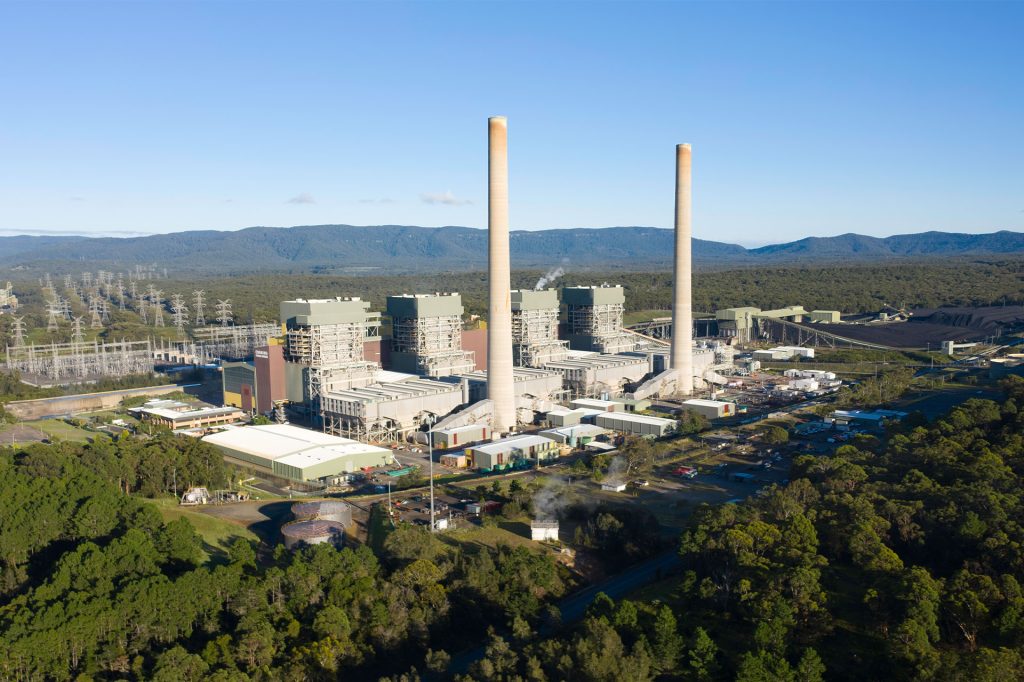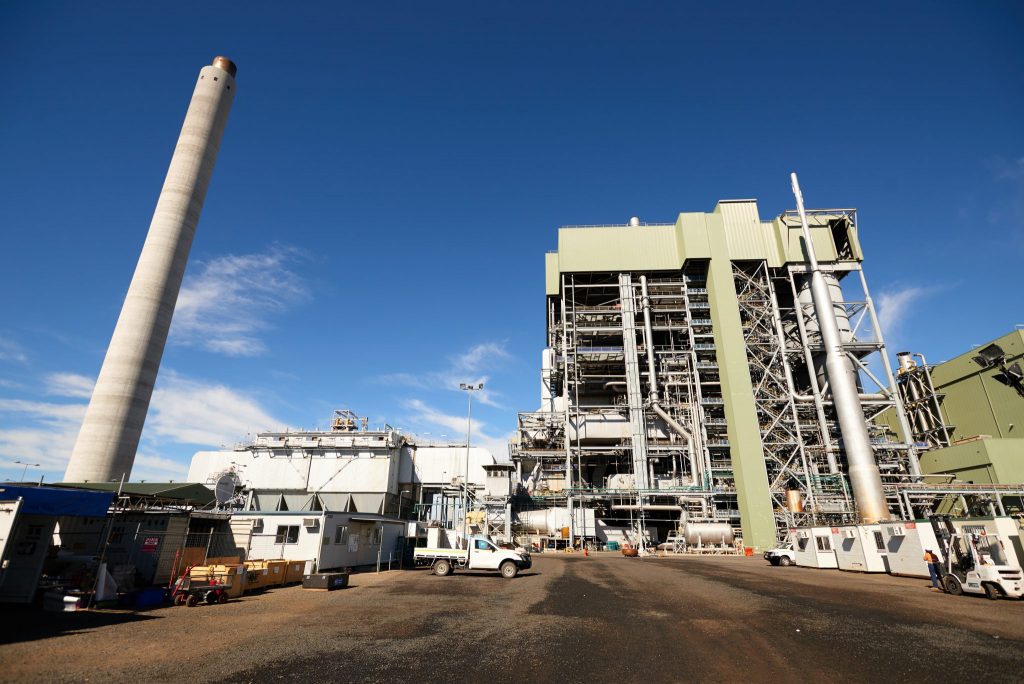The Project – C3 Station Shutdown
Shutdowns within the power generation, mining and resources industry generaly require a large component of welding works. With welded metals on industrial assets varying in composition, rapid heating and cooling can place stress on a range of different components. With the creation of potentially hard and strong grain structures comes susceptibility to hydrogen embrittlement.
Rapid cooling provides less opportunity for hydrogen to diffuse out of a weld and can lead to cracking. This is particularly the case within the power generation sector and coal-fired boilers where high temperatures and the heating of boiler pressure parts featuring Cr-Mo composition components are common. Maintaining the necessary pre-heat and inter-pass temperatures is critical when producing a softer, less crack susceptible microstructure, and for allowing hydrogen to diffuse out of a weld metal and heat-affected zone. In some cases, it may be necessary to apply a post- weld soak which typically lasts for 24 to 48 hours at 100 to 200 degrees celsius to further reduce the amount of hydrogen that
is trapped in a weld.
Post-weld heat treatments (PWHT) are ideal for stress relieving in these circumstances and may be recommended
for particular types of steel.
The Challenge
There can be a number of challenges associated with
executing heat treatment projects and in relation to traditional
heat treatment methods including:
• The time it takes to achieve temperatures and prolonged
set-up time delays in welding;
• operator training for resistance type systems;
• difficult access to components and site access challenges;
• limited power supplies for running traditional power
sources;
• high heat safety issues;
• necessary wait times for cooldowns;
• operator fatigue caused by additional heat inputs;
• open flames and cabling associated with resistance
heating within confined spaces, and;
• non-uniform heat input from a flame or resistance heating
methods, especially on thick wall components
The Solution
Along with skilled technicians, Renteca provided Miller Proheat 35 induction heating equipment to preheat and complete hydrogen bakeout works on the boiler’s main steam tee piece and main steam stop valve at CS Energy’s C Station at Callide power station. A critical boiler which runs at very high temperatures, the main steam tee is rarely touched on these units inviting Renteca’s specialist welding knowledge to complete the works safely, within time and on budget.
With the main steam tee piece made of heavy wall carbon steel featuring Cr-Mo alloy compositions for high-temperature
service, key considerations involved the control of the ramp up speed and inter-pass temperatures, and the post-weld was
soaked at exact parameters.
Renteca’s induction heating solution utilised Miller Proheat 35 power sources and water-cooled induction heating cables for
uniform heat input and optimum hydrogen diffusion throughout the main steam tee.
BENEFITS
• Better economics with faster time to temperature on the heavy wall pipe which was the result of quick set up time
and faster heat input
• Low power consumption which lessened the power supply
size requirements
• Only 3 machines were used compared to traditional
methods requiring 2 additional units.
• Safety improvement form reduced cabling in the confined
space which was further enhanced by reducing the
number of connections and potential failure points from
hot joints
• Heat in the area around the main steam tee was reduced
reducing operator fatigue

